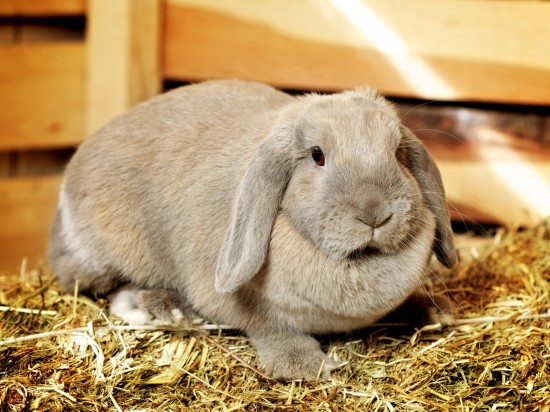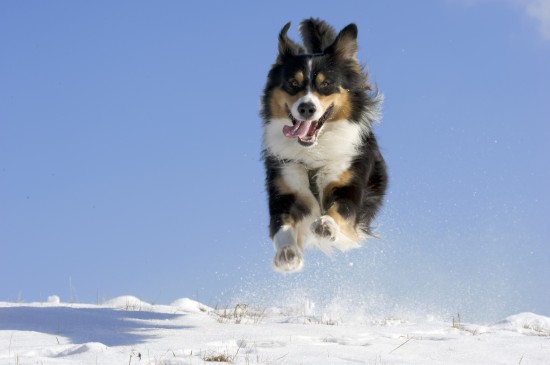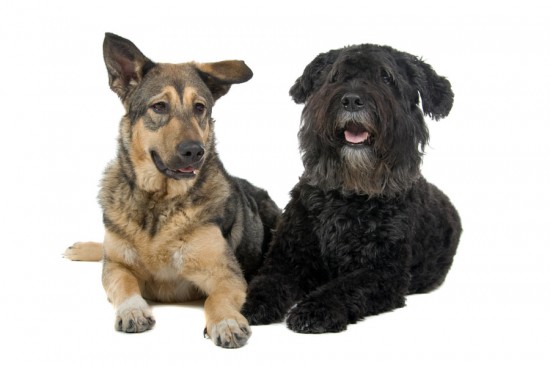
Osteoarthritis is the swelling of joints. It might appear in pet dogs in several diverse kinds. Types of joint problems in canines are arthritis, inmmune related, infective and idiopathic. Osteoarthritis in pet dogs might cause such complications such as alterations to joint fluid, joint cartilage, and in some cases the bones.
Indications your pet dog might have osteoarthritis are usually limping, lameness in limbs, ache on palpation of joints, inflammed joints and also rigidity. Rigidity in joints is usually more painful each morning and slowly gets improved as the day continues on. Your pet dog might not wish to go for strolls as normally and also may not ascend stairways anymore. Or he'll lag behind on strolls. He could also experience a personality switch where the canine does not wishes to be handled any more and yelping in agony whenever handled.
Unhealthy weight in canines could cause osteoarthritis. It might also be a result of a painful injury which may have took place and produced joint steadiness. Shredding a ligament could cause it as well. Genetics might cause joints to deteriorate and also grow to be unstable, this occurs in hip dysplasia. Occasionally young canines grow joint complications which is produced from incorrect bone growth.
Dog hip dysplasia is a form of degenerative joint disorder. It could result in unnatural growth of the hip joints in more youthful pet dogs and a lot are usually given birth to with regular hips. Hip dysplasia is developed by laxity in the muscle tissue, connective flesh, and also ligaments which assist the joints. Irregular developments produce alterations in the bone where the bones are certainly not kept in position and in fact shift separately. The actual joint capsule and the ligament in between the bones expands producing extra instability of the joint capsules. This is known as subluxation.
Canines of most age groups could get hip dysplasia. Generally pet dogs in the middle years or more mature. However, it continues to be documented in small pups as young as FIVE months old. The illness is definitely more prevalent in big breeds and also heavy breeds, nevertheless, combined breeds tend to be more vulnerable to acquiring hip dysplasia. It may arise in small breeds too. Labrador Retrievers, Golden Retrievers, Great Danes, German Shepherds, Saint Bernards and Rottweilers are the breeds that most frequently acquire hip dysplasia.
You can find treatment options readily available for osteoarthritis and also hip dysplasia while researching the topic online.
Learn more about dog hip problems at Cactus Canyon
 Extraordinary Colours & Characteristics Of The Arabian Horse
Extraordinary Col
Extraordinary Colours & Characteristics Of The Arabian Horse
Extraordinary Col
 Head Tilt In Lop-eared Rabbits
Head Tilt In Lop-
Head Tilt In Lop-eared Rabbits
Head Tilt In Lop-
 Why Might Your Dog Be Licking Their Paws Obsessively?
Why Might Your Do
Why Might Your Dog Be Licking Their Paws Obsessively?
Why Might Your Do
 Exercising A Dog Over Winter
Exercising A Dog
Exercising A Dog Over Winter
Exercising A Dog
 Mixed Breed Vs. Purebred - Which Is Best?
Mixed Breed Vs. P
Mixed Breed Vs. Purebred - Which Is Best?
Mixed Breed Vs. P
Copyright © 2005-2016 Pet Information All Rights Reserved
Contact us: www162date@outlook.com